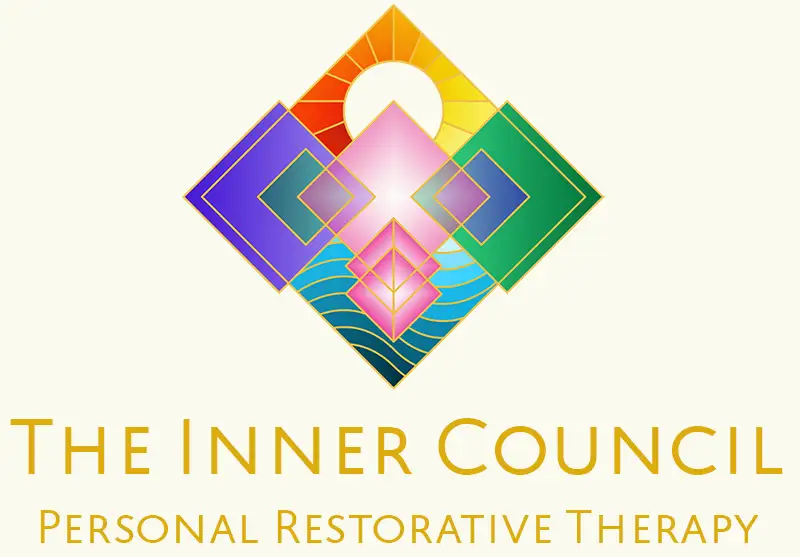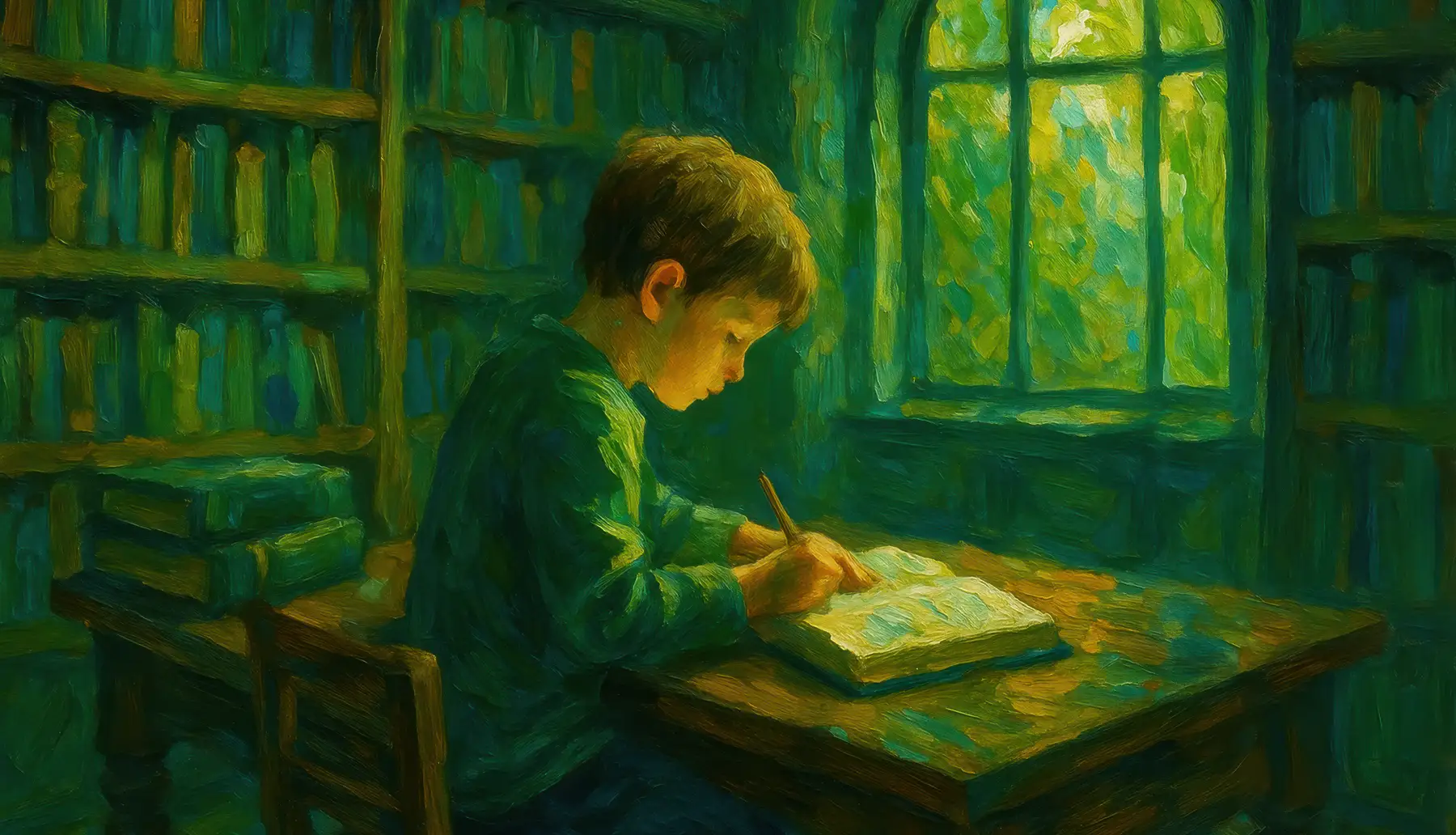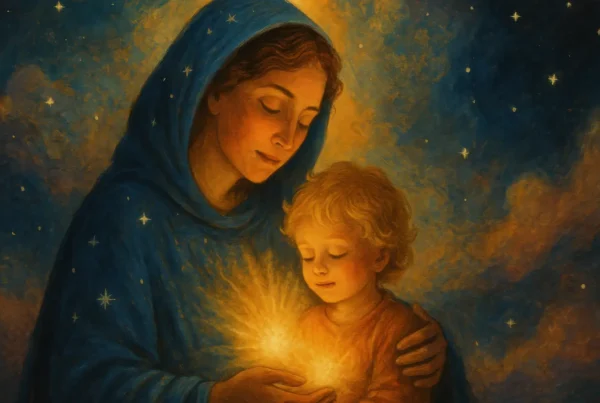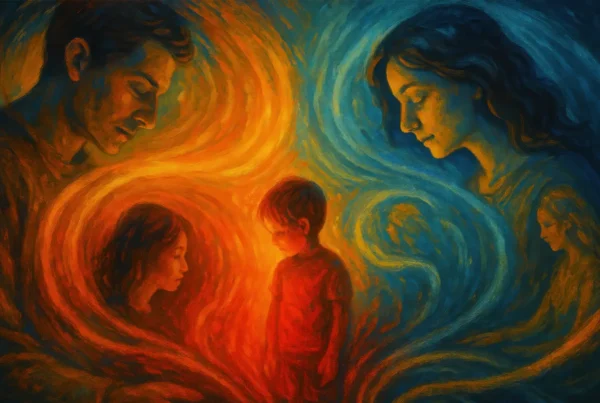BOOK YOUR WORKSHOP TODAY
All posts published here are presented as casual conversation pieces to provoke thought in some direction or another, they do not necessarily represent fixed opinions of the Inner Council, as our work exists beyond the spectrum of bound statement and singular clause.
Author’s comments on the Inner Child
Below are comments or general texts on the subject of the inner child to help you explore some of the groundwork or additional practices that may be used alongside your ongoing inner child work.
Jung, C. G.
The psychology of the child archetype
Undoubtedly the work of the Inner Child motif in the work of Carl Jung cannot be omitted here, however, Jung approached the Inner Child through a varied lens of holistic archetypal practice in a world where many characters were present. These are some of the considerations that were made in this important work which you can find in volume 9 of The Collected Works of C. G. Jung – Archetypes and the Collective Unconscious.
The child motif represents not only something that existed in the distant past but also something that exists now; that is to say, it is not just a vestige but a system functioning in the present whose purpose is to compensate or correct, in a meaningful manner, the inevitable one-sidednesses and extravagances of the conscious mind. [276]
One of the essential features of the child motif is its futurity. The child is potential future. Hence the occurrence of the child motif in the psychology of the individual signifies as a rule an anticipation of future developments, even though at first sight it may seem like a retrospective configuration. Life is a flux, a flowing into the future, and not a stoppage or a backwash. It is therefore not surprising that so many of the mythological saviours are child gods. This agrees exactly with our experience of the psychology of the individual, which shows that the “child” paves the way for a future change of personality. In the individuation process, it anticipates the figure that comes from the synthesis of conscious and unconscious elements in the personality. It is therefore a symbol which unites the opposites; a mediator, bringer of healing, that is, one who makes whole. [278]
Gillian O’Shea Brown
Healing Complex Posttraumatic Stress Disorder – A Clinician’s Guide
We were all once children, and still that inner child resides within us. But most adults are quite unaware of this. This lack of conscious relatedness to the inner child is precisely where so many emotional, behavioral, and relational difficulties stem from. A multi-consciousness approach to clinical treatment enables the trauma survivor to hear from the various parts of their own consciousness through a compassionate lens, which can ultimately pave the way for negotiation, clarity, and inner harmony.
Charles Whitfield
Healing the Child Within
The child within refers to that part of each of us which is ultimately alive, energetic, creative and fulfilled; it is our Real Self—who we truly are. With our parents’ unknowing help and society’s assistance, most of us deny our Inner Child. When this Child Within is not nurtured or allowed freedom of expression, a false or co-dependent self emerges. We begin to live our lives from a victim stance, and experience difficulties in resolving emotional traumas. The gradual accumulation of unfinished mental and emotional business can lead to chronic anxiety, fear, confusion, emptiness and unhappiness. Denial of the Child Within and the subsequent emergence of a false self or negative ego are particularly common among children and adults who grew up in troubled families. Yet, there is a way out. There is a way to discover and to heal our Child Within and to break free of the bondage and suffering from relying on our false self.
Thich Nhat Hanh
Reconciliation: Healing the Inner Child
As children, we were very vulnerable. We got hurt very easily. A stern look from our father could make us unhappy. A strong word from our mother could cause a wound in our heart. As a young child, we have a lot of feelings but it’s difficult to express ourself. We try and try. Sometimes, even if we can find the words, the adults around us can’t hear us, don’t listen, or won’t allow us to talk. We can go home to ourselves and talk to our little child, listen to our child, and respond directly to him. I myself have done this, even though I received love and care from my parents. This practice has helped me tremendously. The child is still there and may be deeply wounded. We have neglected the child in us for a longtime. We have to come back and comfort, love, and care for the child within us.
Lissa Rankin
The Anatomy of A Calling
I now spend a lot of time practicing various versions of an Inner Child Meditation. Rather than judging or resisting the meltdowns of my Small Self, I finally realised she calms down much more quickly if I just treat her like a beloved child who needs my help. I ask her what she needs, listen patiently to what she wants me to hear, and promise her that she doesn’t have to worry about any of it anymore, reassuring her that I am an adult and can handle it for her, so she can relax and go play. I let her express whatever emotions she might feel-sadness, fear, anger-and I sit with her emotions without belittling her or making her wrong for feeling what she feels. Then I comfort her until she feels better, holding her in my arms like I would my own daughter.
Alice Miller
The Drama of the Gifted Child: The Search for the True Self
The damage done to us during our childhood cannot be undone, since we cannot change anything in our past. We can, however, change ourselves. We can repair ourselves and gain our lost integrity by choosing to look more closely at the knowledge that is stored inside our bodies and bringing this knowledge closer to our awareness. This path, although certainly not easy, is the only route by which we can at last leave behind the cruel, invisible prison of our childhood. We become free by transforming ourselves from unaware victims of the past into responsible individuals in the present, who are aware of our past and are thus able to live with it.
John Bradshaw
Homecoming
Reclaiming your wounded inner child is a Zenlike experience, Children are natural Zen masters; their world is brand-new in each and every moment. For the unwounded child, wonder is natural. Life is a mystery to be lived. Homecoming is the restoration of the natural. Such a restoration is not grandiose or dramatic; it is simply the way life ought to be. Reclaiming your inner child involves going back through your developmental stages and finishing your unfinished business.
Caroline Myss
Sacred Contracts
The Child archetype is our beginning point. We most easily identify with the Child, especially after several decades of popular books and workshops on the inner Child. This archetype establishes our perceptions of life, safety, nurturing, loyalty, and family. Its many aspects include the Wounded Child, the Abandoned or Orphan Child, the Dependent Child, the Innocent Child, the Nature Child, and the Divine Child. These energies may emerge in response to different situations in which we find ourselves, yet the core issue of all the Child archetypes is dependency and responsibility: when to take responsibility, when to have a healthy dependency, when to stand up to the group, and when to embrace communal life. The stages of growing up, from coming to the age of reason at about seven, to entering adolescence at around thirteen, to reaching the official age of adulthood at twenty-one, represent plateaus of spiritual and physical maturation. When we are completely dependent, from birth to age seven, we develop the first skills for taking care of ourselves, our bodies, and our possessions. At age seven, we begin learning what it means to be responsible not just for our belongings but for our actions and deeds as well. Through ages seven to thirteen we develop further emotionally, as we are introduced to larger issues of morality, ethics, loyalty, and the rules of relationships.
The inner Child in you connects you to the inner Child within everyone else.
Ryan Holiday
Stillness Is the Key
Many of us carry wounds from our childhood. Maybe someone didn’t treat us right. Or we experienced something terrible. Or our parents were just a little too busy or a little too critical or a little too stuck dealing with their own issues to be what we needed.
These raw spots shape decisions we make and actions we take—even if we’re not always conscious of that fact.
This should be a relief: The source of our anxiety and worry, the frustrations that seem to suddenly pop out in inappropriate situations, the reason we have trouble staying in relationships or ignoring criticism—it isn’t us. Well, it is us, just not adult us. It’s the seven-year-old living inside us. The one who was hurt by Mom and Dad, the sweet, innocent kid who wasn’t seen.
Jasmin Lee Cori
The Emotionally Absent Mother
Bethany Webster
Discovering the Inner Mother
Grieving has pulled me to a place of sobering depth and clarity. At the bottom of it all, what my inner child has always wanted is to rest and just BE. And for a long time, I believed that I needed my family’s love to allow myself to do that. Relief has come from surrendering to ever deeper levels, to accepting that I cannot control life or circumstances, no matter how hard I try. The nourishment that comes from Being cannot be achieved through work; it can only be felt and experienced in the now. And in the now is where all true creativity and knowledge reside.
The integration of the increasingly healed inner child and the conscious, wise adult self culminates as a new way of being, a bridge of spirit and matter, the new earth itself.
Pete Walker
Complex PTSD: From Surviving to Thriving: A Guide and Map for Recovering From Childhood Trauma
With undetectable triggers, I find that it is most helpful to see a flashback as a communication from the child that you were. The child is reminding you that he woke up feeling desolate innumerable times in that house that was not a home. He woke up daunted by the prospect of once again having to reenter the poisonous milieu of your family. The child is now asking you to meet his unmet need of having someone to go to for comfort when he wakes up feeling wretched. It is as if he is saying: “See! This is how bad it was – this is how overwhelmed, ashamed and miserable I felt so much of the time.”
Because of a great deal of practice, I now quickly realize that hypochondriasizing means that I am in a flashback. Accordingly, I work to shift the focus of my thought processes to the theme of generating love and kindness to the child within me. I dedicate this work to my historical child who woke up countless times feeling horribly abandoned in my love-impoverished family of origin. For me, this is now my most practiced flashback management process: breaking my merge with the critic to concentrate on caring for myself.
Sobonfu E. Some
Welcoming Spirit Home: Ancient African Teachings to Celebrate Children and Community
A lot of us suffer a great deal in our lives because our inner child has old wounds that have never been healed. It is important to know how to overcome our old wounds, because all too often they stand in the way of our ability to fully love ourselves, other people, and the children in our lives. Our old wounds often become our children’s burden. Many adults lack patience when children are present, and this impatience can be magnified when the children are receiving attention from others. We must begin to take steps toward our own healing. I can share a ritual that enables us to begin our healing process. One way to heal the wounded child within is to practice giving the love and attention that you may not have received as a child to your own child or other children.
Giving a child attention does not mean inflating a child’s ego with a false sense of self. By giving love to children and by nurturing the spirit in children in a true and unselfish way, we actually heal our own wounds. It sounds so simple, but it does work. It happens almost miraculously, because what you put out comes back to you. For example, I know a young girl who had been raised by her father and stepmother for the first part of her life and has just recently moved into her mother’s home. Her mother is a friend of mine, and she confided to me that at times she becomes very cold to her daughter and pushes her away, especially if she feels lied to or betrayed by her in any way. They are in family therapy together, and both the girl and mother are focusing on the inner child.
Recently the mother experienced a revelation as the two were quarreling. Instead of closing down and pushing away, she consciously chose to open herself and listen to her daughter, and to remember how she felt when she was 12 years old, to remember the powerful emotions running through her. She remembered what it was like to be pushed away by her own mother and treated as if she didn’t matter. When she felt this she made the conscious choice to stop—she made the choice at that moment not to pass the hurt onto her daughter. As she did this she found that she was able to resist her usual coldness and stand-offishness with her daughter and to reach out to her. And the daughter felt the openness of her mother and shared more in those few moments than she had in the previous eight months. It was a very healing process for both of them. The mother actually felt her inner child being taken care of while she was opening up to take care of her daughter. That evening the mother made the decision to stay open to her daughter, and not shut down again. In so doing she stopped passing on the hurt from her generation to the next and began to feel forgiveness toward her mother, for this hurt had been passed through her.





